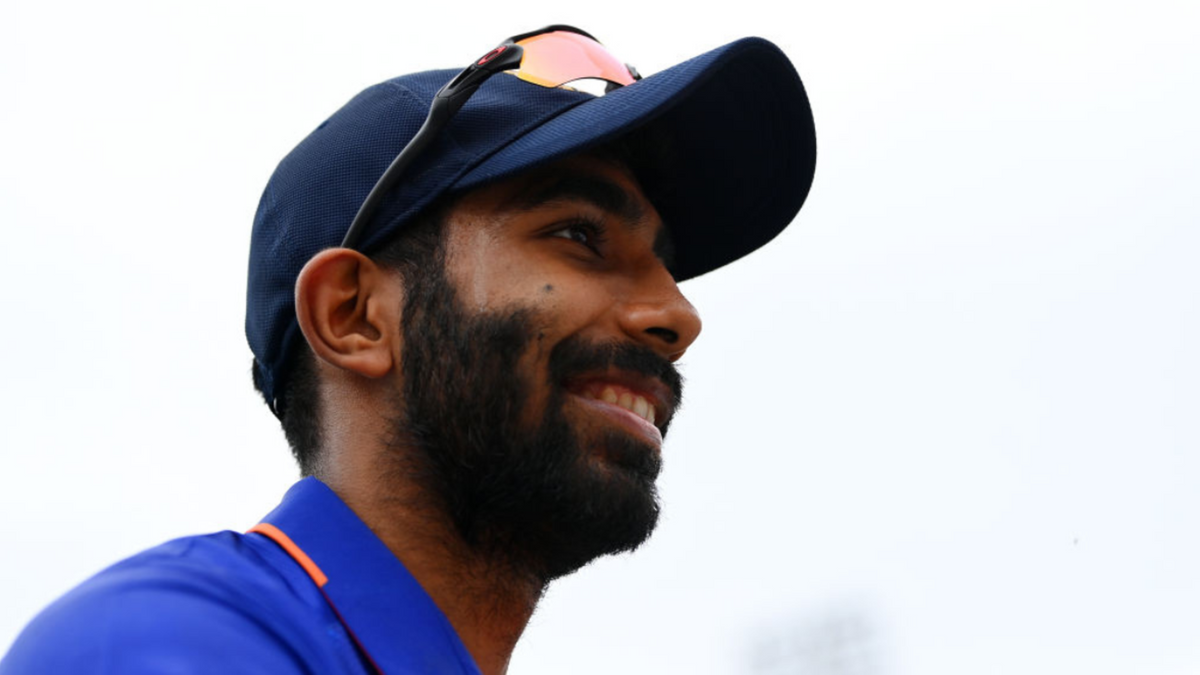
Rain washed off the third match, enabling India to clinch the T20Is against Ireland 2-0. Here are the key takeaways from the three-match series:
Subscribe to the Wisden Cricket YouTube channel for post-match analysis, player interviews, and much more.
Jasprit Bumrah and Prasidh Krishna are back
Bumrah returned after to international cricket after 11 months. Prasidh, after two days short of a year. In T20Is, Bumrah led India for the first time, and Prasidh played for the first time.
Both men impressed on this tour. Bumrah finished the series with scarcely believable figures of 8-1-39-4; Prasidh, with a more ‘human’ 8-0-61-4. If Bumrah prised out two wickets in his first over upon comeback, Prasidh at times had the Irish batters too late on their strokes.
In ODIs, they will have to bowl spells longer than two overs, and field for three and a half hours. The Asia Cup will test both men, but as of now, India can breathe a sigh of relief.
Ravi Bishnoi is very good
India have two all-rounders who bowl left-arm spin, taking the ball away from the right-hander. If they still pick a leg-spinner (they did not at the Asia Cup), it will be Yuzvendra Chahal.
All that means that Bishnoi, a world-class leg-spinner with economy rates of 7.20 in T20Is and 7.19 in all Twenty20 cricket, has to succeed at whatever limited opportunity India throws at him. In the West Indies, for example, he bowled a tight spell when Kuldeep Yadav missed a T20I.
The Ireland tour was different, for he was the lead spinner. He returned 8-0-60-4, taking three of his four wickets with googlies the Irish did not read. His time will come.
Rinku Singh is here
Rinku did not get a chance to bat on debut, but stepped out to bat for the first time in international cricket in his next match. As he did, two very unusual things happened simultaneously.
First, the crowd began to chant a touring cricketer’s name. And secondly, the perennially clashing fanbases of Indian megastars forgot all acrimony and rallied behind a man set out to shrug off the five-sixes-guy tag.
Rinku lived up to the hype. He scored 15 from the first 15 balls he faced. Off the next six, he got 23. Such was the quality of his strokeplay that he was named Player of the Match despite Ruturaj Gaikwad and Sanju Samson both getting more runs.
We shall see more of him in India colours.
Ireland bat very deep
In the first T20I, Barry McCarthy (51 not out in 33 balls) lifted Ireland from 31-5, then 59-6, to 139-7. In the second, Andy Balbirnie (72 in 51) helped them reach 152-8 after they were 28-3 and 63-4.
Followers of Ireland cricket should not be surprised by this. In 2023, no Full Member side has added more runs than Ireland (401) for the last four wickets.
Of teams with half that many runs, no team (Full Member or Associate) averages more than their 22.27 or scored quicker than their 8.59 an over. In other words, they have the strongest T20I tail in the world – if it can be called a tail, that is.
India need to learn to adapt to rain
Four overs into the chase in the first T20I, India were 22-0. By then it was evident that the game would not go all the way, and the target of 140 in 20 overs would be deemed irrelevant.
Ruturaj Gaikwad hit a six off McCarthy in that over. India got 11 off the over to reach six clear of the par score of 27-0. They were winning, for Ireland had reached the cutoff of five overs.
With rain in the air, Paul Stirling turned to Josh Little, his main strike bowler, for a third over: Ireland needed wickets, and it made no sense to keep Little for the death.
India needed to be 33-0 after six overs to win the match – in other words, a maiden over would have sealed it. But Yashasvi Jaiswal’s four and six (was it necessary?) took them to 45-0, past the par score for seven overs. A single off the first ball took them past even that.
Yet again, all India needed was to play out the five balls. But Jaiswal fell, trying to mistime a pull. India were still safe, for the par score for seven overs was 42-1, but things got interesting when Tilak Varma fell first ball, caught behind trying to leg-glance.
India were now 46-2, exactly what they needed to win. They got a single. A wicket at that point would have cost them the match, for rain fell immediately after the match, and they scraped home by two runs.
Twenty20 cricket demands high-risk batting – just not always.








